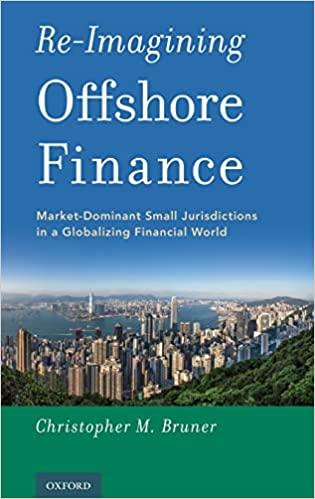Question
Entry-level computer engineers in Seattle can be either high or low ability. Demand for engineers is perfectly competitive. Employers cannot distinguish the ability of any
Entry-level computer engineers in Seattle can be either high or low ability. Demand for engineers is perfectly competitive. Employers cannot distinguish the ability of any single engineer from another. An employers total profit increase by 12 (thousand dollars) when a high-ability engineer completes a task, and by 5 (thousand dollars) when a low-ability one completes a task. High-ability engineers have utility function UH=W0.5T2, where W is wage (in thousand dollars) and T is number of tasks performed. Meanwhile, low-ability engineers have utility function UL=WT2.
(a) (10 points) Suppose the employers design the following contract: if you perform 5 tasks, you will be paid 5 (thousand dollars) per task; if you perform X number of tasks (X > 5), you will be paid 12 (thousand dollars) per task. Find Xmin, the minimal number of task X such that this contract achieves a separating equilibrium? (Leave your answer as it is. No rounding of Xmin required)
(b) (5 points) Suppose the employers revises the contract as follows: if you perform 10 tasks, you will be paid 5 (thousand dollars) per task; if you perform X number of tasks (X > 10), you will be paid 12 (thousand dollars) per task. Find Xmax, the maximal number of task X such that this contract still achieves a separating equilibrium? (Leave your answer as it is. No rounding of Xmax required)
Pfizer and Moderna are duopolies in the COVID-19 vaccine market with slightly different products. The demand functions for their products are
Pfizer (I): qI = 15 2PI + PA
Moderna (A): qA = 15 2PA + PI
Assuming marginal cost of production is 4 for both Pfizer and Moderna.
(a) (5 points) Derive Pfizer and Modernas profit in a static Cournot equilibrium.
(b) (5 points) Suppose Pfizer and Moderna merge into a single firm (a monopoly of the COVID-19 vaccine) but still produce the same two products and therefore, face the same demand functions and marginal costs given above. What would be the maximal total profit of the merged firm?
(c) (10 points) Suppose instead of merging, Pfizer and Moderna engage in an infinitely repeated competition. Each round both firms set quantities qI and qA simultaneously. They can produce either the monopolistic quantity you found in part (b) or the Cournot equilibrium quantity you found in part (a). Prices for each product and the profit for each firm are calculated each round using the same demand functions given above.
Consider the following grim-trigger strategy: Im going to produce the monopolistic quantity of my product in Round 1, and continue to produce that quantity each round, unless my opponent produces the Cournot equilibrium quantity, in which case I will switch to the Cournot equilibrium quantity the next round and continue to produce that quantity forever. If both firms have the same discount factor (0 < < 1), find , the minimal , such that as long as > , then both firms choosing the monopolistic quantity every round is the equilibrium path when both firms follow the grim trigger strategy.
Step by Step Solution
There are 3 Steps involved in it
Step: 1

Get Instant Access to Expert-Tailored Solutions
See step-by-step solutions with expert insights and AI powered tools for academic success
Step: 2

Step: 3

Ace Your Homework with AI
Get the answers you need in no time with our AI-driven, step-by-step assistance
Get Started


